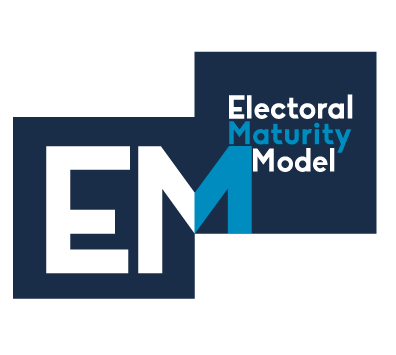Related work
The process of defining an Electoral Maturity Model (EMM) is a continuous one, as the accumulated experience and team contributing to the initiative grow, so does the model. The process of developing the model is iterative and focuses on continuously improving and constantly challenging the underlying assumptions, building blocks and methodologies proposed by the model. This approach is regarded as crucial in ensuring the EMM’s resiliency.
In those iterations, when looking at the model from different perspectives, additional insights have surfaced. One of those insights started to evolve on its own and came to be named the Electoral Technology Adoption Curve.
The Electoral Technology Adoption Curve (TAC) provides a gradual approach for electoral technology adoption on the key phases of Election Day, namely: Authentication, Session activation, Voting, Counting, Results collection, Consolidation and Proclamation. It main principles are:
- It starts from a totally manual process.
- Lower stages are characterized by quick and small gains in the robustness of the election.
- Higher stages offer better and more comprehensive resilience to common electoral vulnerabilities.
- The impact of established legal frameworks is usually more significant in the higher stages.
- The path described by the curve is referential as progress can skip stages.
As shown in the picture below, the TAC is comprised of 4 levels, and each level is further divided in two stages of adoption.
As implementations move up the curve, a relevant set of benefits become possible


